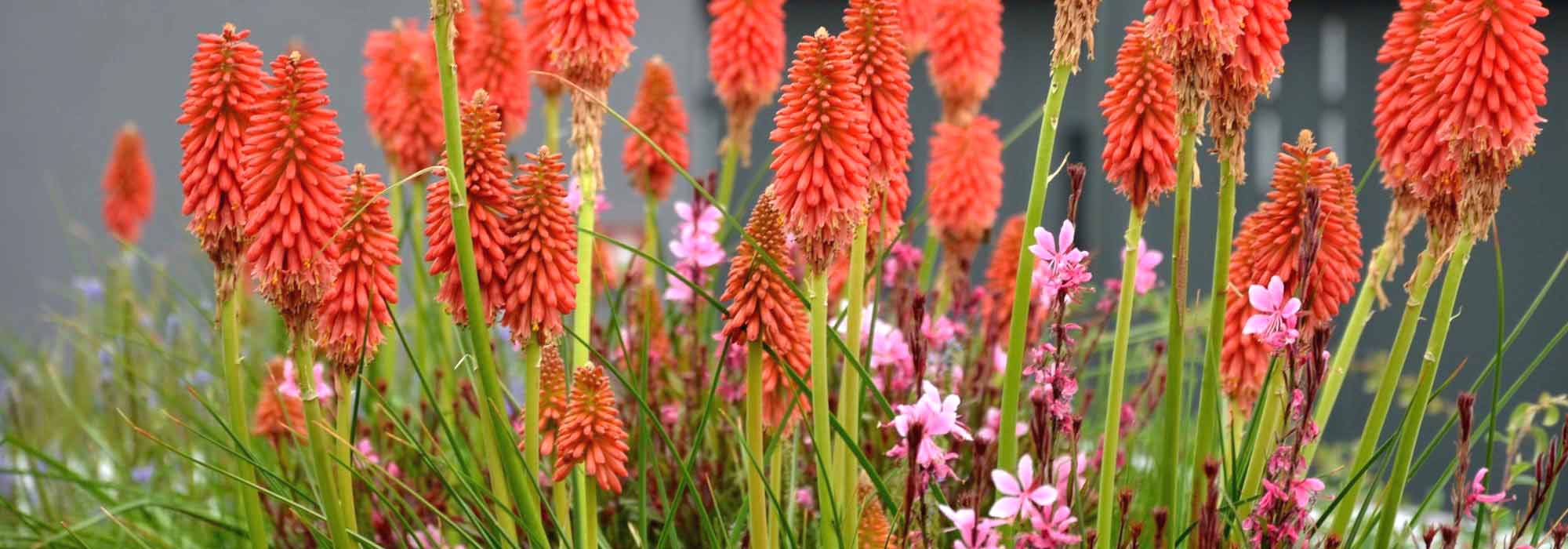
Growing Kniphofia in pots
To flower your garden, terrace, and balcony
Contents
The Kniphofia, also known as Red Hot Poker, torch lily or Tritoma is an interesting perennial for more than one reason:
- a distinctive look that irresistibly catches the eye: tough, dense, elongated foliage reminiscent of certain grasses or Aloes, and typical torch-like flowering carried on upright stems;
- vibrant inflorescences in shades of bright reds, oranges, and yellows. Some varieties also bear white flowers;
- summer flowering that brightens up the garden or terrace during the warm season;
- an undemanding nature, easy to grow.
Do these advantages make you want to adopt this beautiful perennial? Then why not grow it in a pot, to showcase it close to the house and enjoy it fully? Choice of varieties, substrate, pot, maintenance… we guide you step by step to plant Kniphofia in a pot.
Which varieties to choose?
The genus Kniphofia comprises around 70 species, primarily native to South Africa or the East. These impressive rhizomatous perennials, either evergreen or deciduous depending on the species, can reach heights of up to 1.2m for the tallest varieties and 50cm for the more compact ones. Choosing the right variety is therefore important for pot cultivation, depending on where you wish to place it and the colour that appeals to you the most.
The smaller Red Hot Pokers such as ‘Banana Popsicle’ in vivid yellow, ‘Orange Vanilla Popsicle’ in shades of red, orange, and cream, ‘Papaya Popsicle’ in orange, or ‘Lemon Popsicle’ in lemon yellow can be placed in pots without taking up too much space, with a height between 45 and 50cm and a spread of 30 to 50cm.
The Kniphofia citrina and ‘Minister Verschuur‘ both in vivid yellow, ‘Nancy’s Red’ in deep orange, or ‘Mango Popsicle’ in mango orange, grow to between 60 and 70cm tall and are slightly wider than the previous ones: you will need to plant them in larger pots with greater diameter and height.
Other Kniphofia can reach heights of 1m or more: they can truly be magnificent and spectacular when showcased in large pots. Notably, the Tritoma or Kniphofia ‘Green Jade‘ is interesting not only for its lovely apple green and cream flowering from July to October but also for its evergreen foliage, which will adorn your pot all year round. The varieties ‘Bees Lemon‘, ‘Citrina‘, ‘Flamenco‘, ‘Limelight‘ and Kniphofia rooperi have semi-evergreen foliage that also provides green appeal for many months.
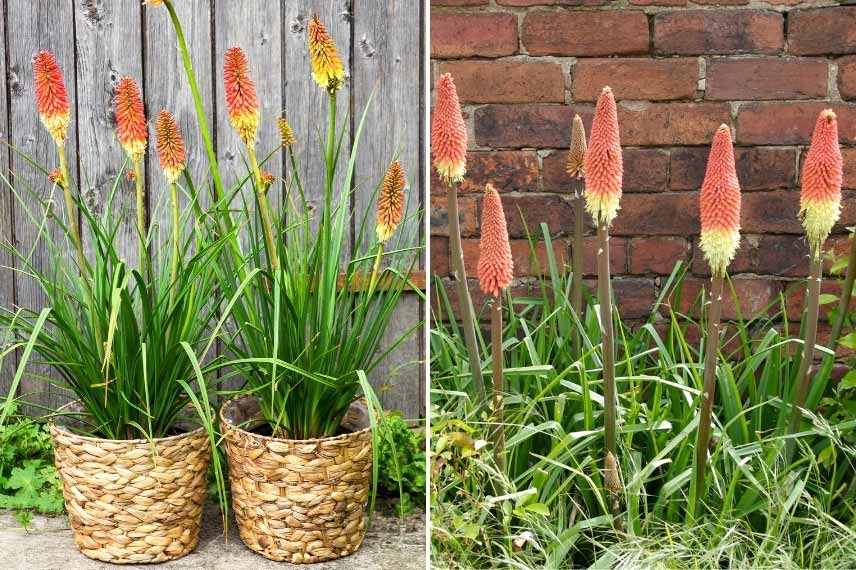
The choice of the Kniphofia variety you install in a pot will depend on your preferences and the space you have available for it.
→ With many Red Hot Pokers available, feel free to consult our comprehensive article: “Choosing a Kniphofia” to help you select the ones that will suit you best.
Read also
Kniphofia: the most beautiful varietiesWhat pot for Kniphofia?
Terracotta pots, with their authentic and more eco-friendly appeal, are the containers of choice for Red Hot Pokers. They can also be glazed or enamelled in lovely shades that will beautifully highlight your Kniphofia.
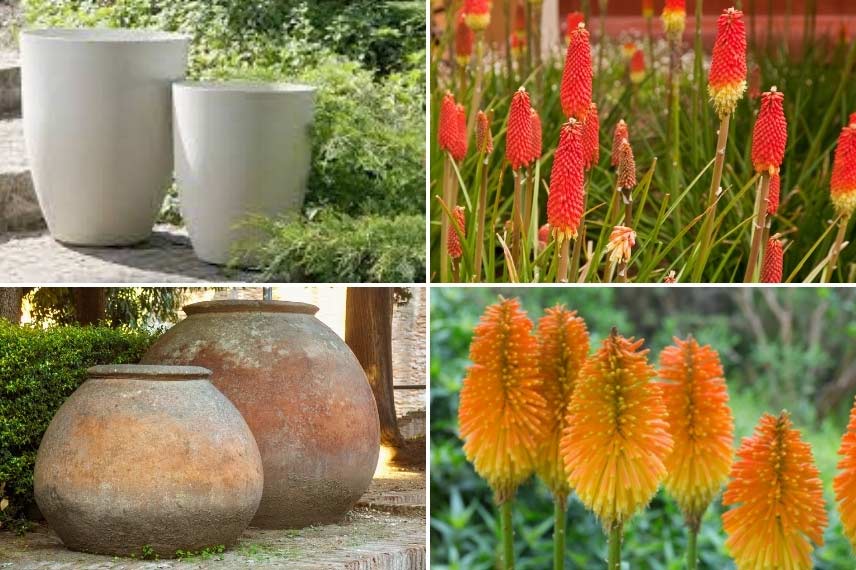 Terracotta pots are well suited for growing Kniphofia
Terracotta pots are well suited for growing Kniphofia
Adjust the size of the pot or container to the size at ripeness of your kniphofia. The root system must be able to develop properly; otherwise, the plant will not be as beautiful as it should be. A minimum of 50 cm in diameter and depth is therefore recommended, even for the smaller varieties.
If you prefer to opt for a plastic or resin pot for more design or lightweight options—which may be understandable for those wishing to place their kniphofia on a balcony in the upper floors—remember that these materials are not porous and do not allow the substrate and roots to aerate properly.
Discover other Kniphofia - Red-Hot Pokers
View all →Available in 0 sizes
Available in 2 sizes
Available in 3 sizes
Available in 1 sizes
Available in 2 sizes
Available in 1 sizes
Available in 1 sizes
Available in 2 sizes
Available in 1 sizes
Available in 2 sizes
What substrate for my Kniphofia in a pot?
Kniphofia will appreciate rich and well-drained substrates. You can therefore opt for apotting compost, which can be alightweight compost for planting on a balcony.
You can also choose an equal parts mixture:
- of good garden soil,
- coarse sand,
- and compost or potting soil.
To improve drainage, install a layer of gravel orclay balls at the bottom of the pot.
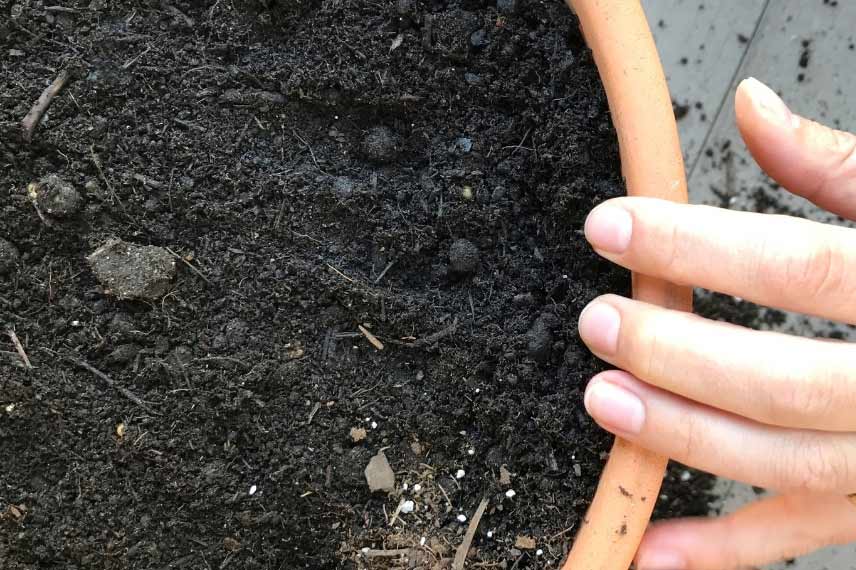
The substrate must be rich and well-drained
Read also
7 ideas to pair KniphofiaPlanting Kniphofia in a pot
Ideally, the planting of Devil’s Tongue in a pot or container should be done in spring, between March and April:
- Soak the root ball in water for a few minutes unless it is already well-hydrated
- Install a layer of clay balls or gravel at the bottom of the pot and partially fill it with substrate
- Place the root ball in the pot, with the top of the ball a few centimetres below the rim, and fill in with the remaining substrate
- Water
- Place a mineral mulch or organic mulch on top of the substrate: it will prevent too rapid drying and protect the plant in winter
Exposure and location
From May to October, depending on the cultivars, the tall flowering spikes of kniphofias emerge from the dense tuft of foliage. During the beautiful season, place it outdoors on the terrace, balcony, at the entrance of the house, or to punctuate a pathway. It enjoys sunny or partially shaded situations in the hottest regions, a necessary condition for abundant flowering. It tolerates heat, wind, and the specific conditions of coastal areas: making it ideal for coastal gardens or a balcony by the seaside.
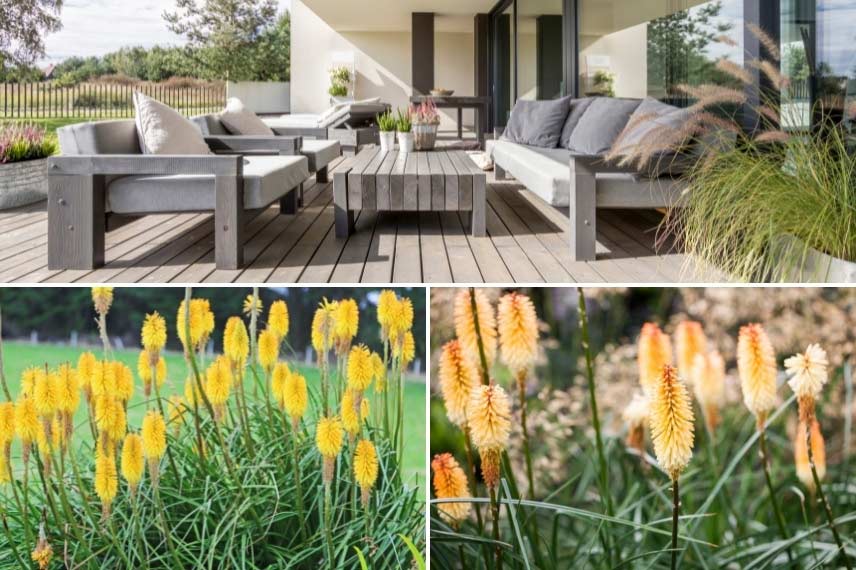
Planted in a pot on a terrace, the Kniphofia will appreciate the sun or partial shade
Watering Kniphofia in pots
Don’t be fooled by the exotic appearance of Kniphofia, reminiscent of Aloes. It prefers light, rich soil that remains cool in summer. In dry, poor soil, it will be disappointing and its appearance will be more sparse than lush.
As the substrate for your Kniphofia needs to be well-draining, it will tend to dry out quite quickly, especially in full sun. Ensure it doesn’t lack water during the summer months: this is the time of year when it needs it most. However, make sure the substrate can dry out a bit between waterings, as Tritomas do not tolerate stagnant moisture around the roots.
Caring for potted Kniphofia
- Apply an organic fertiliser at the start of the growing season for Kniphofia
- Remove faded stems and flowers in autumn by cutting them back to the base
- Kniphofia can remain outdoors all year round, but if your region experiences winters where its hardiness may be tested (below -8°C in pots), winter it in a cold greenhouse or an unheated conservatory to bring it back out when frosts are no longer a concern. If you cannot shelter it indoors, increase the organic mulch around its base to protect the stump.
- Subscribe!
- Contents
































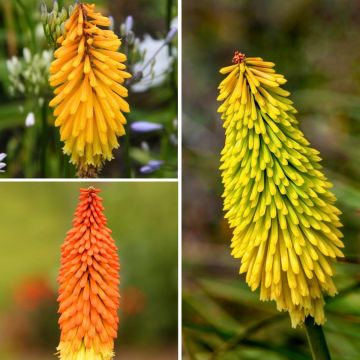
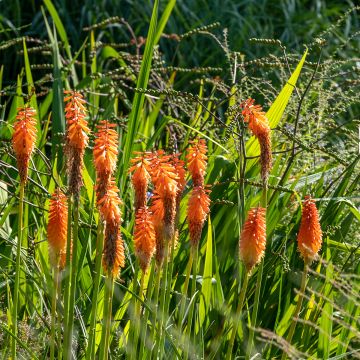


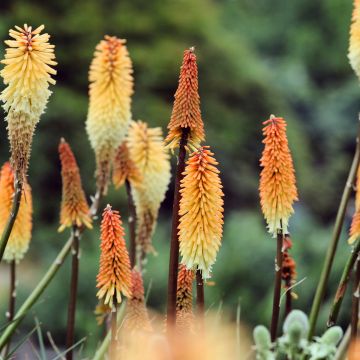

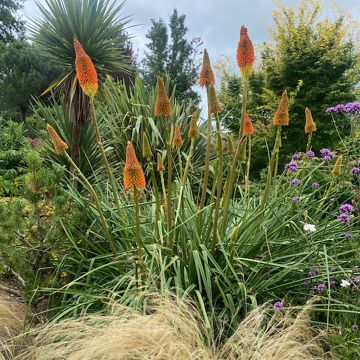
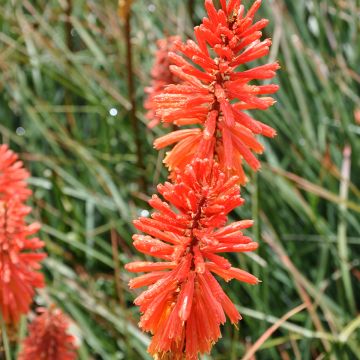
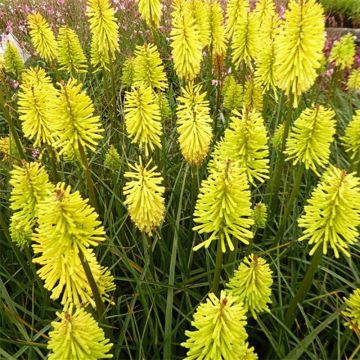
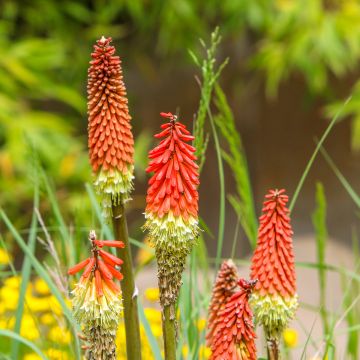
Comments